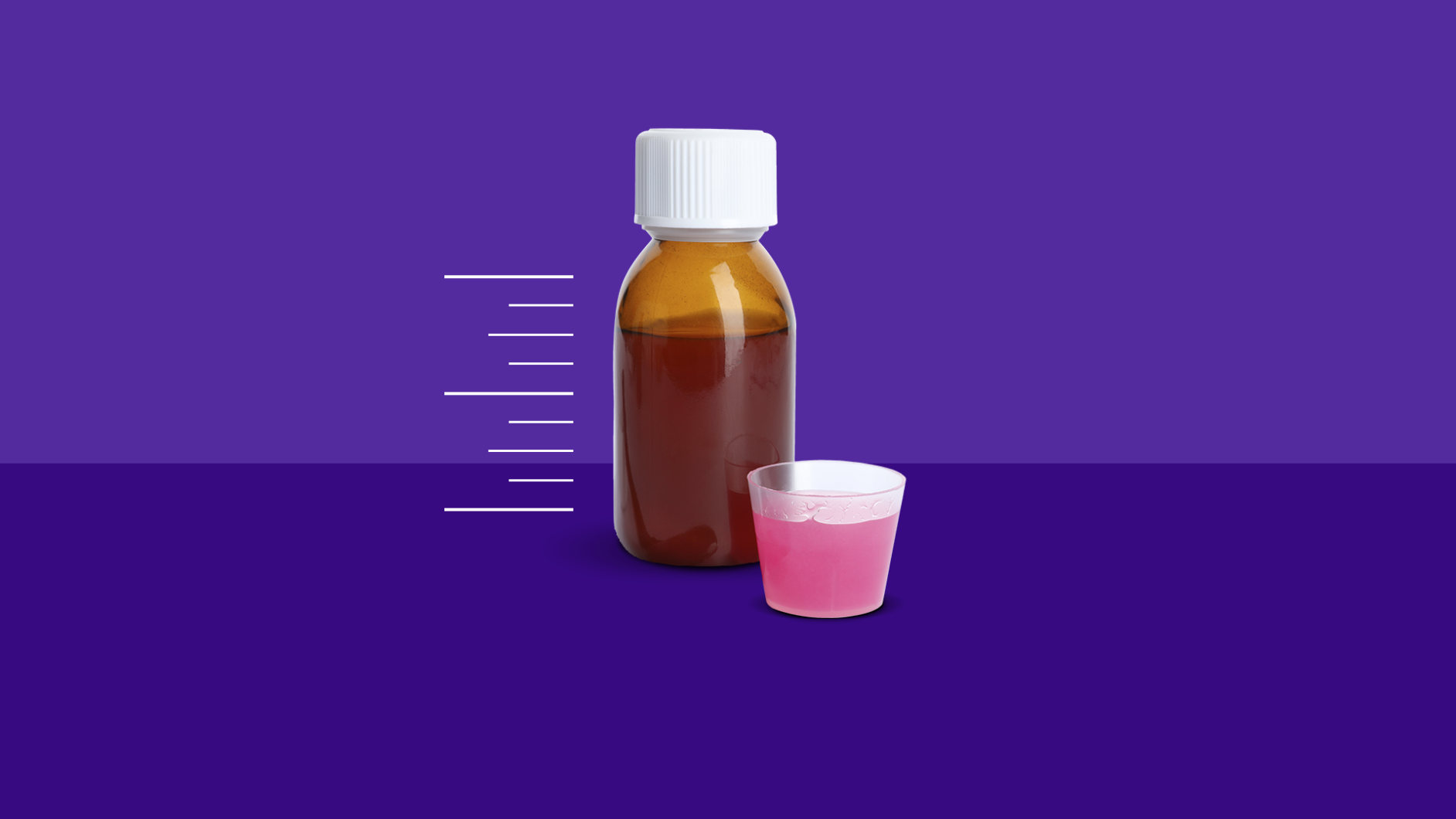Key takeaways
Nearly 40% of parents accidentally give their children the wrong amount of liquid medication, which can lead to either under-treatment or overdose.
Using a proper medicine measuring tool, such as an oral syringe or dropper with clearly labeled measurements, is crucial. Household spoons and the cups that come with medications often lead to incorrect dosing. Ask your pharmacist if you need help selecting the correct measuring device.
It’s important to double-check dosage units to avoid confusion between teaspoons and tablespoons, and to ensure measurements in milliliters match the prescribed dose.
Dosing children’s medicine should be based on weight rather than age, and consulting a pediatrician for the correct dose is recommended over solely relying on instructions based on age.
When your kids are sick, you want to help them find relief—fast. But in a rush to help them feel better, nearly 40% of parents accidentally give their children the wrong amount of medicine, which can put their health in jeopardy.
“Though not all such errors result in harm, there are definitely risks of both under-treatment and overdose, depending on the medication and the condition being treated,” says Michael Grosso, MD, chair of pediatrics and chief medical officer at Northwell Health’s Huntington Hospital in New York.
Give your child too little medicine and symptoms may worsen. But he or she could get even sicker if you give too much of even the safest medications. Take Benadryl, for example.
“Benadryl is very common to be given to kids for allergic reactions, itchy skin rashes, and bug bites,” says Shari Platt, MD, chief of pediatric emergency medicine at NewYork-Presbyterian/Weill Cornell Medical Center and assistant professor of clinical pediatrics at Weill Cornell Medicine. “But too much Benadryl can cause serious side effects, like sedation, respiratory depression, and even seizures.”
How to measure children’s medication correctly
Dosing children’s medicine correctly isn’t hard, but there are a few things parents should keep in mind. Here are tips on making sure your child gets the right amount of medicine.
1. Use a proper medicine measuring cup—not a kitchen spoon
One in five parents say it’s okay to measure over-the-counter medicines with a household spoon. But cutlery comes in all shapes and sizes, making it difficult to measure the correct dose.
“Parents should never use a kitchen teaspoon or tablespoon in dosing liquid medicine,” Dr. Grosso says.
Those little plastic measuring cups that come with liquid medicine aren’t your best bet, either.
“Parents in one study selected the wrong dose almost 50% of the time with these cups,” he adds.
Instead, pick up a syringe or dropper with clearly labeled measurements from your pharmacy.
2. Double-check dosage units
It’s all too easy to mix up teaspoons and tablespoons. Double-check the measurement, especially if you think you saw “tablespoon” on the dosing instructions. “We very rarely give a dose in tablespoons,” Dr. Platt says. “The standard dose is 1 teaspoon, which is 5 milliliters, but always go by what’s on the bottle.”
Parents should also make sure not to measure teaspoons if the dose is given in milliliters. “If the measurement is supposed to be 5 milliliters, but you give 5 teaspoons instead, you’ll have a 25 ml dose and that’s way too much,” she explains.
3. Measure liquid medication by weight, not age
The instructions on children’s medicine may tell you how much they should take based on their age. However, doctors say you should actually use your child’s weight to determine the right dose.
“We calculate all medicine for children based on their weight,” Dr. Platt says. “So if you have a very small 8-year-old child, you might want to give them a dose for a 4-year-old.”
Healthychildren.org, a website from the American Academy of Pediatrics, offers dosing advice for some of the most common children’s medicines that can help you determine the right amount. With that said, nothing beats the advice of a doctor: Ask your pediatrician about the right medicine and dose for your child.




